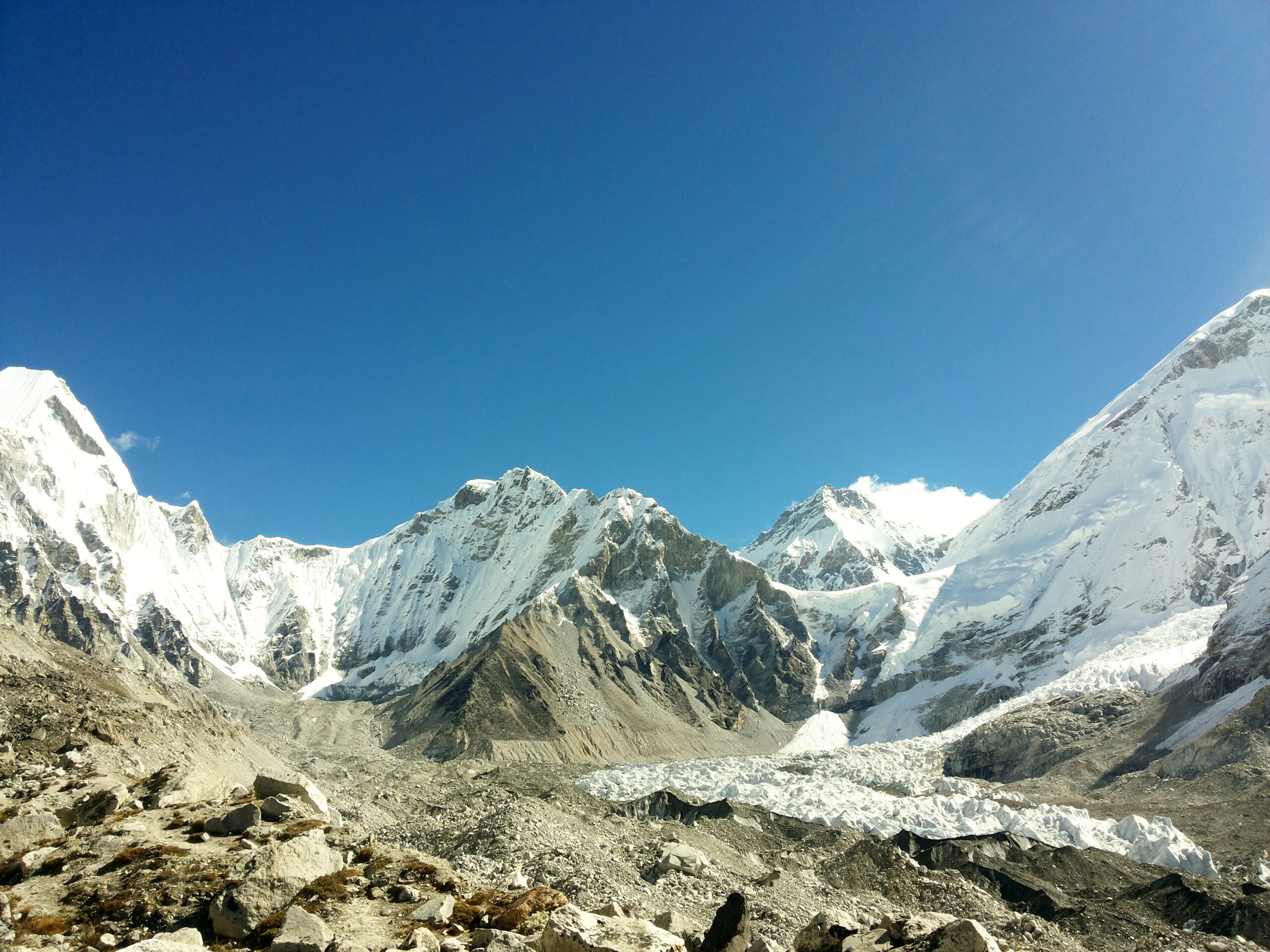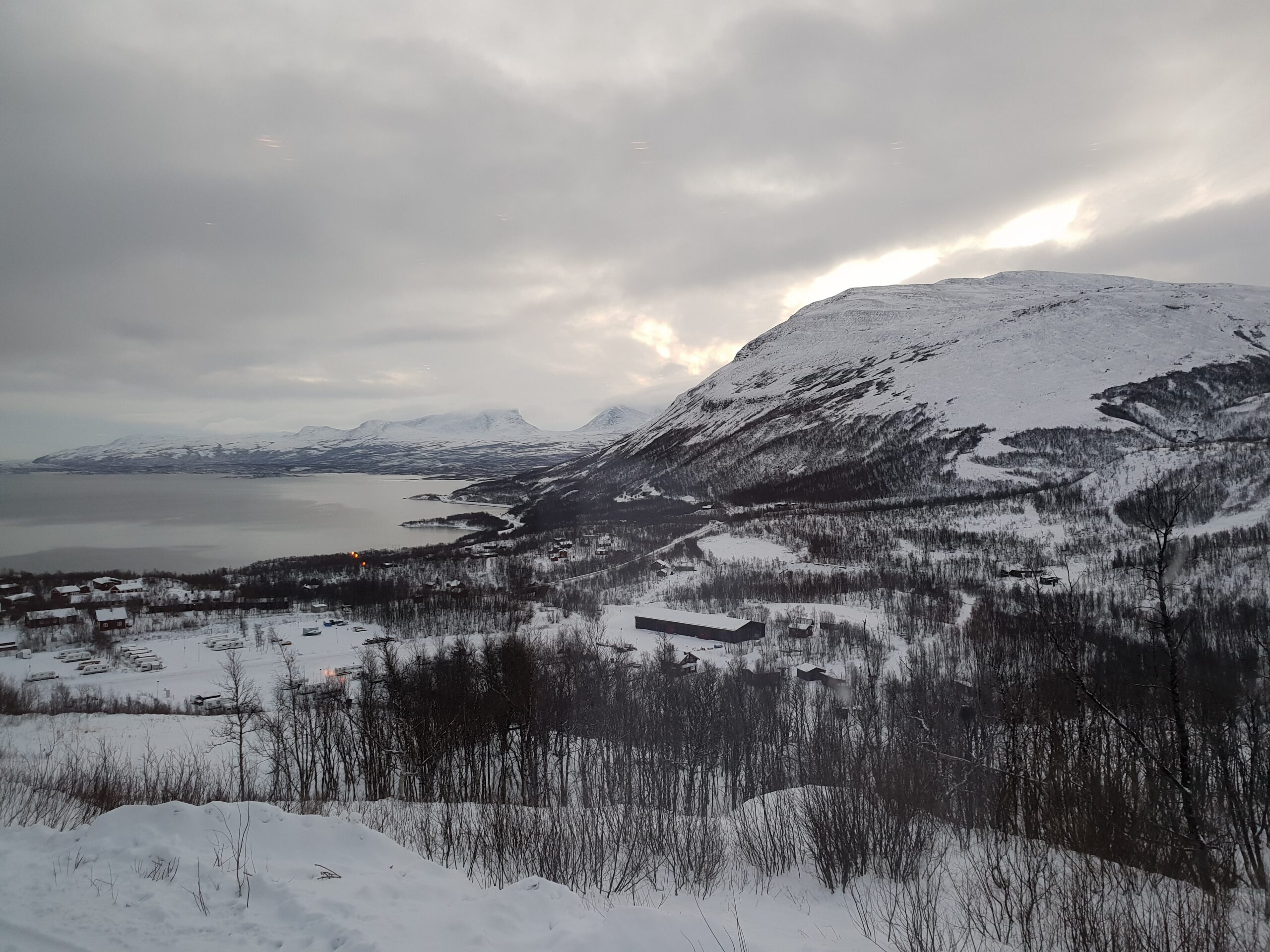Day 4: Paro
On Thursday morning, I needed to check out and head to Paro where I was to spend the next 2 days. I headed down to breakfast and was received by the staff with all the usual exuberance. My cappuccino arrived at my table even before I asked for it! I exchanged good byes with every one of the staff. Back at the front office to settle my bills, I also got a set of personal stamps with my photograph on it, and it could actually be used to post a letter or post card. That was another lovely gesture. The lady at the front desk, Rinzin was thrilled to meet me and there was a sense of pride and bonding as she expressed her happiness in meeting a woman who was travelling alone. I exchanged good byes with her and Rahul, the front office manager and promised I would be back soon, which I was intending to do; more for one of the many treks that Bhutan offers, ideally the mini snow man trek, which takes about 14 days.
I was now headed to Paro on the expressway connecting Thimpu to Paro. Paro is in the valley at an altitude of 2200 meters and is famous for its red rice, numerous old temples and monasteries.
The first point that we visited was the National Museum. The first section housed a lot of interesting artifacts on the history and culture of Bhutan. One does see various kinds of masks on display in all the shops in Thimpu and Paro. One gets to understand the meaning of the various masks in this section of the museum. The masks are worn by dancers to express various emotions such as anger, cowardice, pride and so on. For example a white mask with skulls is used to depict scenes related to cremation. The various dance dramas as enacted with the key actors and messages is depicted in several sections of the museum. One comes to realise how art was used to depict complex themes and communicate it to the masses. Another section housed several ancient Thangka paintings. The next section had details on natural history covering various aspects of the altitudes that one encounters in Bhutan and the related flora and fauna.
The next point was Kyichu Lhakhang, one of the oldest temples in Bhutan built in 659 by Tibetan king Songtsen Gampo to pin down the left foot of a giant demoness residing in the Himalayas who was thwarting the establishment of Buddhism in Bhutan. In the inner hall you can see the foot imprints of generations of prostrators on the wooden floor.
We stopped in the Main Street of Paro town for lunch. There is one main street with handicraft shops on both sides. It was cloudy and seemed like a heavy downpour was likely. But, the weather also made the street more beautiful as one could see the clouds roll down the mountains on the far side of the street.
I was looking to explore more Bhutanese dishes and went to a restaurant where I ordered Ema Daktshi, Khewa Daktshi and Jasha Po. I was disappointed that they did not have red rice, Paro valley being the biggest grower of red rice, a Bhutanese restaurant in Paro not having it was indeed a surprise! At least the restaurant made up for it by offering Druk lager beer. I was still on my hunt for fermented Ara but had not been successful in finding it. I had made enquiries with Jigme as well and a lot of people were trying to organize fermented Ara for me.
The next point was to try Archery and Khuru, two important and ancient sports of Bhutan. I tried my hand at archery with a bow made of bamboo. Not being the best marksman, I could not get my arrow anywhere close to the target. Khuru is more like dart, the idea is to aim a wooden dart onto a target about 30 feet away.
It was raining now and was also time to head back to the hotel. I was staying at Naksel, a boutique hotel, built on a hill. It was about 3.5 kms off the main road but as one entered the property, one could see the beauty of the man made wooden structure merge with the natural beauty of the place. Rain clouds rolling down the hills on all sides and beautiful and intricate carvings in wood and stone in the main lobby and the cottages all around further enhanced by a waterfall next to the spa added to the scenery.
I was offered herbal tea as I was being checked in; a delight considering I was a tad drenched and hot herbal tea was truly relaxing. I went up to my cottage and loved the place at first sight, it had clear glass windows on all sides giving an amazing view of the mountains, waterfall and gardens. In my entire stay of two days, I kept the windows open all the time, night or day, one look outside was ethereal and brought a smile on the face. It just reminded you of the beauty that nature offered and the frivolousness of everything else.
It was dinner time and I was hoping for more Bhutanese fare but was disappointed with a lot of Indian and continental dishes. One thing that made up for it was the Bhutanese whiskey I tried, 1907, it marks a historic occasion for Bhutan when internal strife ended and Gongsar Ugyen Wangchuk was elected the unanimous king of Bhutan on 17th December 1907. Now that we are discussing whiskeys of Bhutan, it is important to mention another whiskey K5, which was produced in Bhutan first in 2008 to commemorate the coronation of king Jigme Khesar Namgyel Wangchuk. The 1907 was really good and I decided I would pick up a bottle from duty free on my way out. Back in my cottage, it was time to call it a day. I loved the Swedish heating in the room, walking barefoot on the wooden floor was a lovely feeling. I knew it was going to be difficult to sleep well that night considering I was very excited about the Taktsang trek the next day morning, the monastery I always wanted to go to in a long time. It had been raining continuously and we were worried if it continued raining, the trek was going to be a question mark. I was just hoping that it would stop raining and I would wake up to a cool clear day.
To be continued…














Leave a Reply